Acoustic Research AR-M2 DAP Review

Disclaimer: I received the Acoustic Research M2 DAP from Acoustic Research, for purposes of reviewing it for Headfonia. The M2 will be returned to its owner at the conclusion of this review. The pictures in this review are property of their makers, these are not our pictures. Dale is doing this as a guest review.
AR-M2
When I opened the shipping box, I was presented with a nice military-grade Pelican case containing the AR-M2 and accessories (USB cable and charger). The M2 itself is similar in size to the iPhone 6, but twice as thick and twice as heavy. Given the price of the M2, one might expect high physical quality as well as great sound. You will not be disappointed. The M2 is attached to a leather or leather-like cover*, quite luxurious, with a magnetic closure. I wear an Omega Grey Side of the Moon wristwatch in solid ceramic, and the M2 has just that kind of aesthetic in my opinion. Very well made with a large and beautiful touch screen, and with all of the essential features** I’ve enjoyed with the iPhone 6 – features that in some cases aren’t available on other DAP’s (Digital Audio Players).
*) The attachment of the cover to the music player is very similar to how Oppo attached the cover to its HA-2 DAC/amp, except that since the HA-2 doesn’t have a screen, its cover does not open like the M2. I really appreciate the M2 cover design, since it’s always present and affords good protection for the screen.
**) The most important feature I rely on with the iPhone is the A to Z buttons in the music player, which allow me to jump immediately to songs that begin with ‘A’, ‘B’, ‘C’, etc., since I prefer to keep 2600-plus songs in the main playlist. The M2 has that feature, which is activated by merely scrolling the default playlist up or down a little.

You will see from the photos of the M2 the volume knob at top, the MicroUSB port, headphone jack, and line out jack at bottom, the On/Off and navigation buttons on the side, and the MicroSD card slot on the side below the navigation buttons. There is a very small image of a MicroSD card imprinted into the case just below the card slot, so the user can orient the MicroSD card correctly before inserting it into the slot. Once the card is inserted, just slide the slot cover closed.
Some of the terminology used in this business may confuse users, or may seem inconsistent or ambiguous. I’ll keep it as simple and generic as possible, so users can cross-check these terms with a quick Web search. My music test tracks are a mix of CD rips and high-res downloads, and while the advantages of high-res downloads are clear enough when played on the M2, a lot of those CD rips are much more enjoyable on the M2 than when played on the iPhone with the average portable DAC and headphone amp. Many of the less-than-stellar recordings or masterings from CD have distortions, excess noise, or bad mixing that leads to harshness and/or lack of clarity with average hi-fi gear.
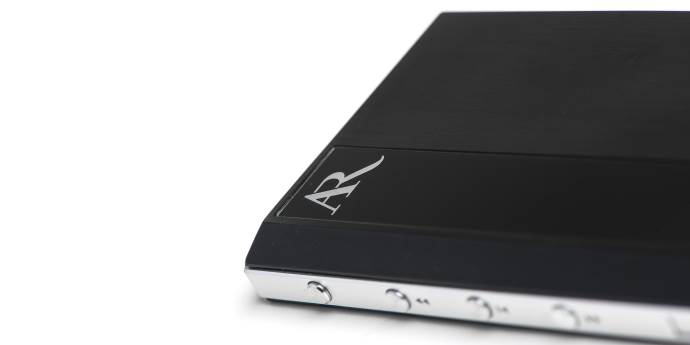
In general, the smoothness of the M2’s treble makes the CD-ripped tracks more listenable. It’s not because the treble is suppressed in any way – the clarity and high-frequency/harmonic extension is readily apparent, but the M2 isn’t exaggerating the bad things with distortions of its own. For all I know, some engineer at Acoustic Research listened to the better tube amps, and somehow tuned the M2 to produce a similar smooth treble response. Then again, the sound may simply be a result of clean and tightly-spec’d electronics.
Most reviewers will describe the sound with detailed terminology that may or may not hold up under different kinds of conditions – different sources of music, different types of headphones, different amps when an external amp is connected etc. The best I can say about the M2’s midrange is that besides the usual neutrality and good soundstage, the overall sensation I get is a palpable “weight” to the music. Not weighty in the sense of enhanced bass or an altered tonality, but something akin to a very clean vinyl sound,
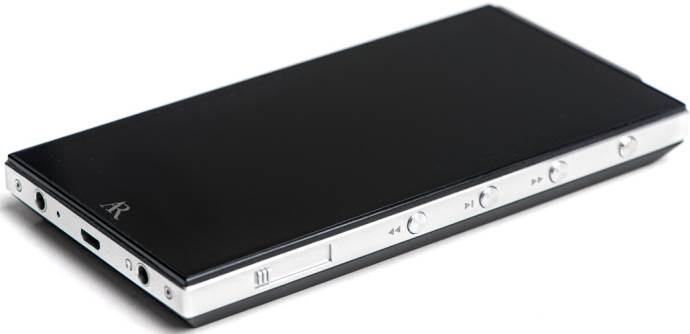
The M2 bass is well-represented by Marcus Schulz’s Mainstage. Very strong and very deep electronic bass. Massive Attack’s Angel is another goodie – a heavy background rumble with strong sharp foreground impacts. Medieval Babes’ Isabella has some heavy bass at the beginning that’s not very distinct and tends toward boomy on a lot of gear, but plays well on the M2. A really large-stage presentation is Mendelssohn’s Wedding March, from HDTracks – a pipe organ recording. If your headphone can reproduce the sound of the biggest pipes accurately, the M2 will deliver an amazing experience. The Beyer DT1770 Pro is adequate for this – the Grado PS1000e is not. The better planars should handle the big bass with aplomb.

One tech term that I do relate well to is ‘layering’ in bass reproduction, which is more-or-less the opposite of a ‘one-note’ bass. Testing for that isn’t easy, because most decent music players will perform pretty well with just the right headphone. Everything else being equal, those players with the greatest power reserve for dynamics do the best job. A secondary important factor is how the electronics interface with the headphones’ impedances. Some of the Sennheisers for example have big peaks in their impedances around 100 hz, which will really stress any underpowered players. I can’t find a measurement of the Beyer DT1770, but looking at the Beyer T1’s impedance curve, it’s nearly double the nominal impedance around 100 hz, so I expect that the DT1770 impedance will spike in that area as well. In any case, the deep bass holds up well with the M2 and the DT1770, so most other headphones should work as well if they’re not extremely difficult to drive.
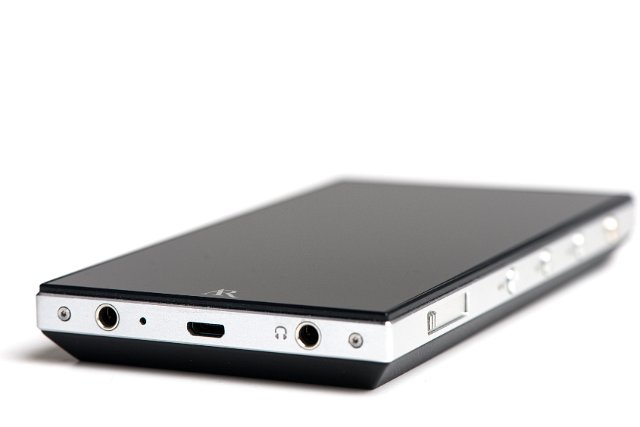
The M2 that I received came with a USB charger and a USB-A to MicroUSB charging cable. I don’t know if the Pelican case will be standard issue or not, but if it isn’t, I’d sure recommend getting it, as long as the foam filler is set up for the player, charger, and cable. The M2’s internal battery is a lithium variant, probably lithium polymer, but I don’t know exactly. I haven’t run the battery down more than once, so whatever the spec, it lasts a long time for normal playback of its internal files, or files on the MicroSD card. Battery life when streaming** music from the Internet etc. will probably be less. A music player of this quality will not likely be used for constant playback of ‘background’ music, i.e. the point of using the M2 is for high-quality attentive listening, and such attentive listening is unlikely to fully drain the battery in a single listening session.

Listed below are some music tracks that I think show off the M2’s qualities fairly well. Different headphones will make a difference of course, but if the headphone is reasonably neutral, the descriptions should hold up pretty well.
Chromatics – I’m On Fire (Synth-Pop, female lead): This music track has a very spacious sound, providing a pleasant stereo image. The voice and instruments are well balanced and the tambourine sounds very realistic, undoubtedly because of the excellent harmonic reproduction.
David Hazeltine – Fur Elise (Jazz): A very high-quality recording from HDTracks, where the instruments are reproduced smoothly with a spacious ambiance. The wire-brush-on-cymbal harmonics are very extended and detailed, so much so that it has a you-are-there-in-the-room quality.

Jimmy Smith – Basin Street Blues (early 60’s): This track has several loud crescendos of brass and other instruments that don’t sound clear and detailed with some DAPs and amps. Listen particularly to the second crescendo at 15 seconds in for maximum detail effect. I’d like to emphasize that these crescendos are probably the worst-case test I have for instrumental separation and detail, and the M2/DT1770 combination aces this, with a great soundstage, tonality, and a very smooth and extended upper treble.
Kellogg Auditorium, Battle Creek Michigan, Aeolian-Skinner Organ (1933) – Pedal, 32′, Resultant, Arpeggio: This 16 hz organ pedal tone differs from other music tones in that you won’t “hear” the tone – you’ll only feel it. Although most music tones have harmonics (including this one), the harmonics from this tone will be too weak to provide any “feel”, so whatever you actually hear would not be part of the fundamental 16 hz tone. There are ~30 hz sounds in the outdoor environment in big cities, generated by large trucks, buses, and subway trains, and they have a quality of “rumble” that’s similar to some deep-bass tones found in music. This 16 hz organ tone is easily distinguished from those sounds when compared using gear that has a good undistorted response and dynamic overhead at 16 hz. With the M2 and DT1770 headphone, the fundamental weight is clear enough, and the 16 cycle-per-second ‘beats’ of the fundamental can also be heard, although those ‘beats’ are somehow represented in higher harmonics.
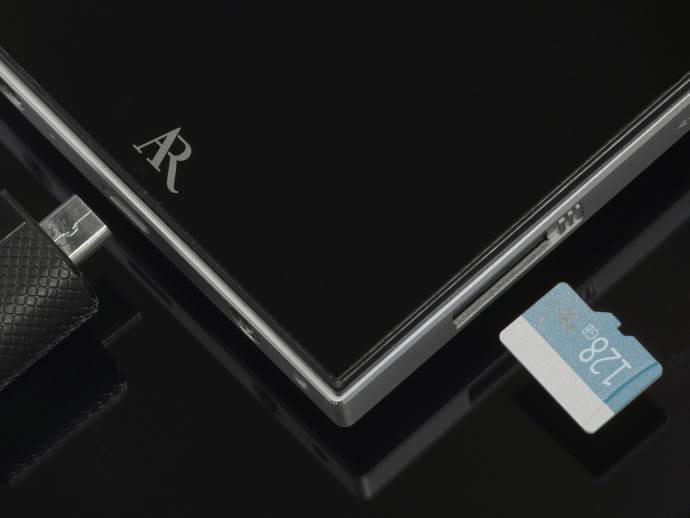
Porcupine Tree – Trains (Pop-Rock): This track opens with some nicely-detailed string sounds and a forward-sounding male voice with a higher-than-average register. There are a series of “clip-clop” effects starting at 3:19 that should sound like they were made with wooden blocks of some kind. The reproduction here is tonally accurate.
Richard Strauss (Mester-Pasadena) – Also Sprach Zarathustra (opening) (Classical): The granddaddy of bass is in the opening 1:50 of this recording, and I’ve heard it only once on a large and expensive loudspeaker system in Cleveland. For most people, that experience would be indistinguishable from being in a fairly strong earthquake. The M2/DT1770 reproduces that experience as accurately and dramatically as I’ve ever heard.
Trombone Shorty – Backatown (Jazz-Funk): The deep bass impacts here are quite strong, and work very well with the horns and other instruments. The impacts are delivered with great weight and detail, and the horns have the kind of bite that gives them a wonderfully realistic sound. On some systems, the deeper bass can get a little muddy, but it’s pretty tight here.
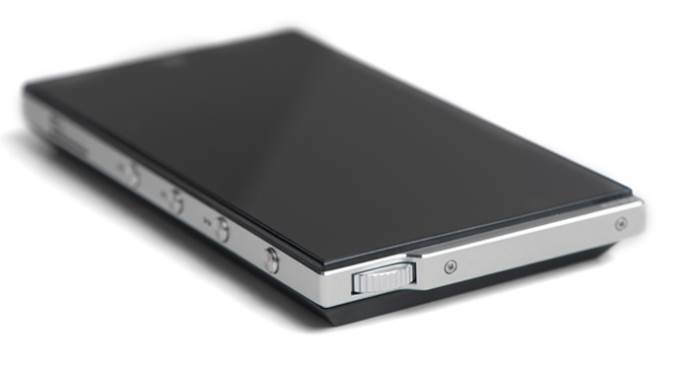
William Orbit – Optical Illusion (Billy Buttons Mix) (Electronic): The string tones beginning at 0:18 are fairly soft but detailed, and while the bass isn’t very deep, it adds a solid underpinning to the music. This is a good track for comparing DAPs and amps because many of the tones and their harmonics are soft and fairly subtle, and with some devices the harmonics won’t reproduce properly. The bass is especially noteworthy, because it has an indistinct quality on many systems, but renders well here.
Gear used: Beyerdynamic DT1770 (Cardas cable), Grado PS1000e headphones. Sandisk 64gb, 128gb, and 200gb MicroSD cards.
Specs

Score out of 5 = 4.3 Stars
Read more at: https://www.headfonia.com/review-acoustic-research-m2-dap/
0 Comments